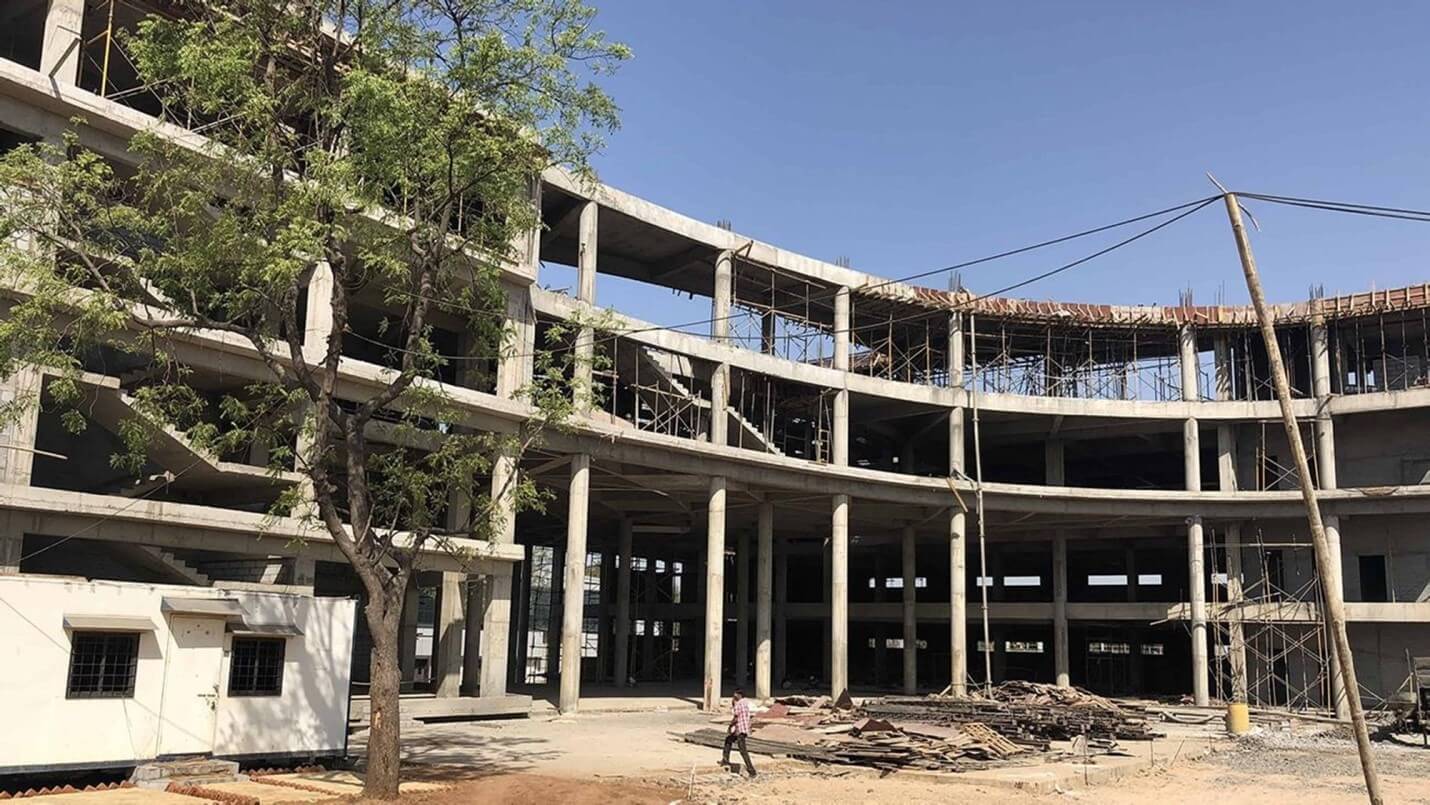Responsible and sustainable construction begins with intelligent design. The focus shift from Ambitious Commercial buildings to Responsible Commercial buildings requires news design thinking. Ensuring the buildings are more sustainable is not as big of an earthwork as it may initially sound. Based on the types of materials used in construction, the energy consumption of the building itself and inclusive design, any structure can reshape the environment in a positive way. With new technologies and a better understanding of the world around us, there can be a paradigm shift in the way commercial buildings are designed.

By responsible commercial, we emphasize approaches that do not significantly alter the initial cost of structure but that provide substantial long term savings and a more comfortable Retail and Corporate building spaces. Biophilic designed buildings incorporate things like natural lighting and ventilation, natural landscape features and other elements for creating a more productive and healthier built environment. By carefully applying design principles that capture natural breezes and the sun’s energy and light by using solar water heating systems, energy use in buildings can be reduced dramatically. These renewable energy practices save money, resulting in more attractive buildings and they improve the environment and strengthen the economy by reducing the need for fossil fuels.

Building occupants have benefited from sustainable building strategies such as more effective air ventilation controls, low VOC materials. As sustainable practices were occurring, whether based on good business sense or concern for employees or for the environment, some organizations were also embedding social responsibility into their organizational operations.
Constructing greener buildings doesn’t have to be more costly. In addition, clients and consumers will view your company in a positive light once they realize the pro-environment stance you’re taking. Because companies being environmentally conscious is the new trend.
The aspects of sustainability – design strategies and results:
Environmentally Responsible Commercial Buildings
Although we’re more concerned about the environment now than ever before, this hasn’t kept us from continuing to put up new buildings. At least we’re concerned about how these buildings impact Earth. For a long time, green construction was mostly limited to houses, and it could get expensive – often considered too expensive or impractical for commercial use. It’s all about what kind of return you’ll get on your investment, and “helping save the planet” only does something for your karmic balance sheet. These days, however, not only will be building green save companies money over time, but it’ll also score them tax breaks, rebates, grants, and other incentives.

Sustainable strategies used for commercial buildings range from energy-saving to the holistic approach addressing wider environmental issues such as water use, selecting sustainable materials and carefully managing waste.
For large-scale developments, sustainability should be addressed from the beginning of the design process

